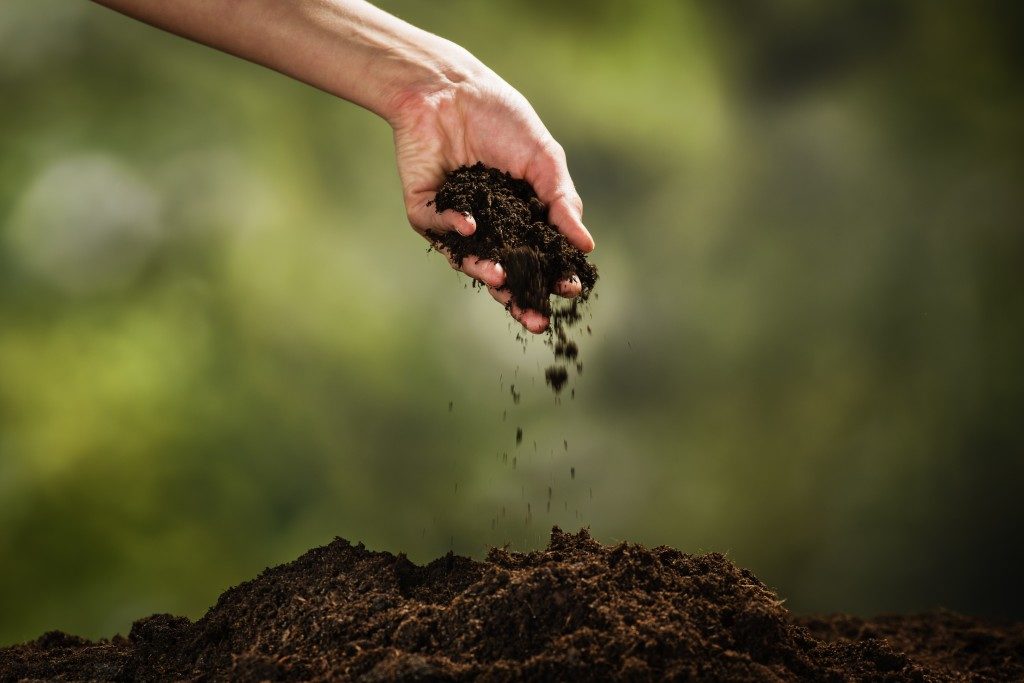Climate change affects every country across the continents, making it the most urgent environmental issue. With sea levels rising, ice caps melting, and weather events becoming more frequent and extreme, the United Nations included climate action as one of the Sustainable Development Goals for the year 2030.
One of the factors influencing the climate crisis is soil health, although soils have received relatively less attention compared to transportation, electricity production, industries, and other sources of greenhouse gas emissions. But pastures and croplands are the largest sources of carbon, second to oceans.
Soil Management and Conservation
Healthy soils are the largest storage of terrestrial carbon. They can help mitigate climate change by storing carbon (i.e., soil carbon sequestration) and decrease greenhouse gas emissions in the atmosphere. This is why farmers play an important role in climate change initiatives since they are in charge of caring for a vast expanse of land. If they cultivate soils poorly or use unsustainable agricultural practices, the soil becomes unhealthy.
Land degradation releases large amounts of carbon into the atmosphere in the form of carbon dioxide, which contributes to climate change. The heavy conversion of forests and grasslands into croplands and pastures led to historic losses of soil carbon worldwide.
The United Food and Agriculture Organization of the United Nations (FAO) says that 33 percent of global soils are degraded, which highlights the urgent need to embrace sustainable farming methods and raise awareness on soil protection.
On top of the widespread land degradation, soil takes hundreds of years to form, depending on factors such as climate, vegetation, and others. Yet, it can be easily destroyed in almost no time at all. The world can’t afford to wait for soil to reform or heal itself. People must adopt proper soil conservation practices to decrease carbon emission and build resilience against climate change.
Little Ways to Improve Soil Health at Home

You can do your part in taking better care of soils even at home. A method called carbon farming aids the carbon sequestration of soils, which has similar methods as permaculture and organic gardening. Here’s how you can do it at home.
Let it be. Minimize disturbance to the soul to keep the carbon stored in the ground. When you plant, work on a small area around the seedling or plant directly into the layer of organic matter. When your crops are knocked down, you can plant right into the decaying layer instead of cultivating the soil.
Lay some cover. Add layers and layers of compost to your garden soil. The amount of carbon stored increases for each layer of compost you add, so the more, the better. Also, keep the ground covered, even in the areas where no plants are growing. A healthy covering of sod supply, straw, leaves, mulch, or compost can reduce carbon loss and keep the microorganisms happy.
Go organic. Natural cultivation practices are better than chemical soil management because they build soil resilience better. A longitudinal study by the USDA Agricultural Research Service reveals that organic farming fosters organic matter better than conventional no-till farming, which uses herbicides and other chemicals.
Climate change is a global issue that requires the collective action of every single individual. Although the majority of the responsibility of establishing climate crisis initiatives falls on the government and major corporations, you can do your part by shifting to more sustainable practices.
